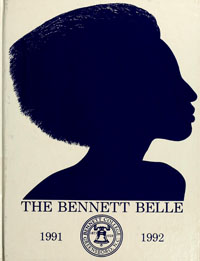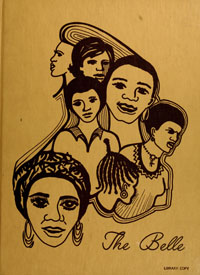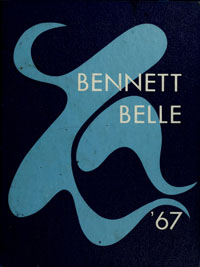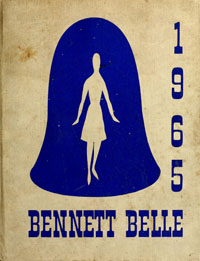Greensboro College student yearbooks from 1908 through 2005 are now available online as part of the North Carolina College and University Yearbooks collection. The online collection also includes several early volumes from Davenport College in Lenoir, N.C. Founded in 1855 as a Methodist-affiliated women’s college, Davenport operated for over 75 years before merging with Greensboro College in 1938.
In the many thousands of yearbook photos now available through the North Carolina College and University Yearbooks collection, you’d be hard-pressed to find a more elegant group of students than the Greensboro College class of 1919. Yearbook photos were clearly an occasion that called for putting on your finest and striking a dramatic pose. Most of the women are pictured in fantastic hats and many of them are wearing furs. There are a few examples here, and many more in the full volume.
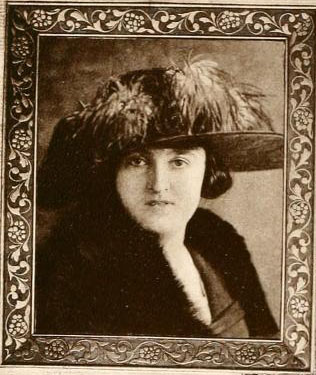
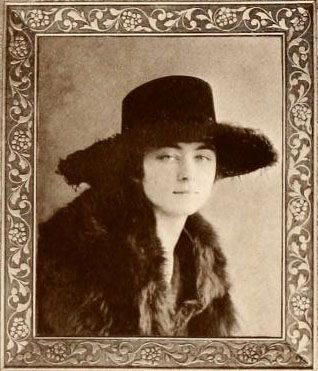
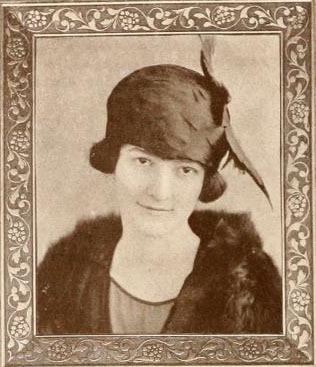
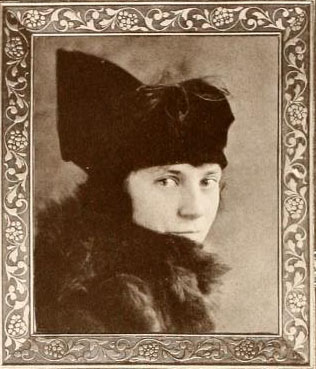
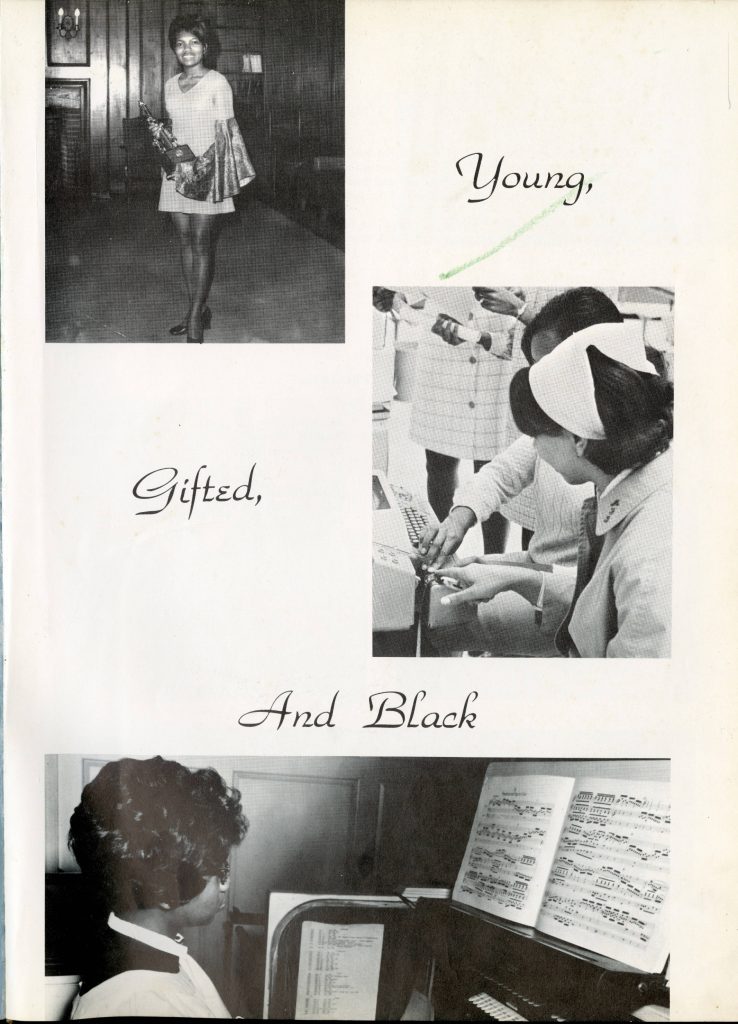 Bennett College’s 1970 yearbook, titled “Bennett Belle,” is now available on DigitalNC, thanks to our partnership. Bennett College is a historically Black women’s college in Greensboro, North Carolina. The first page shares Bennett Belle’s theme for 1970: young, gifted, and Black.
Bennett College’s 1970 yearbook, titled “Bennett Belle,” is now available on DigitalNC, thanks to our partnership. Bennett College is a historically Black women’s college in Greensboro, North Carolina. The first page shares Bennett Belle’s theme for 1970: young, gifted, and Black.
The note from the editor, Alice E. Baldwin, informs readers that the 1970 edition “centers around Black awareness” in response to that year’s “upsurge” in campus activism. Baldwin also notes the students’ prolific talents in writing and art.
The yearbook is full of poetry, drawings, and photography. Many poems, like “Where is the End?” by Cynthia Holloway and Gladys Ashe’s “From Black Women,” reflect on the students’ places in the world and in the civil rights movements.
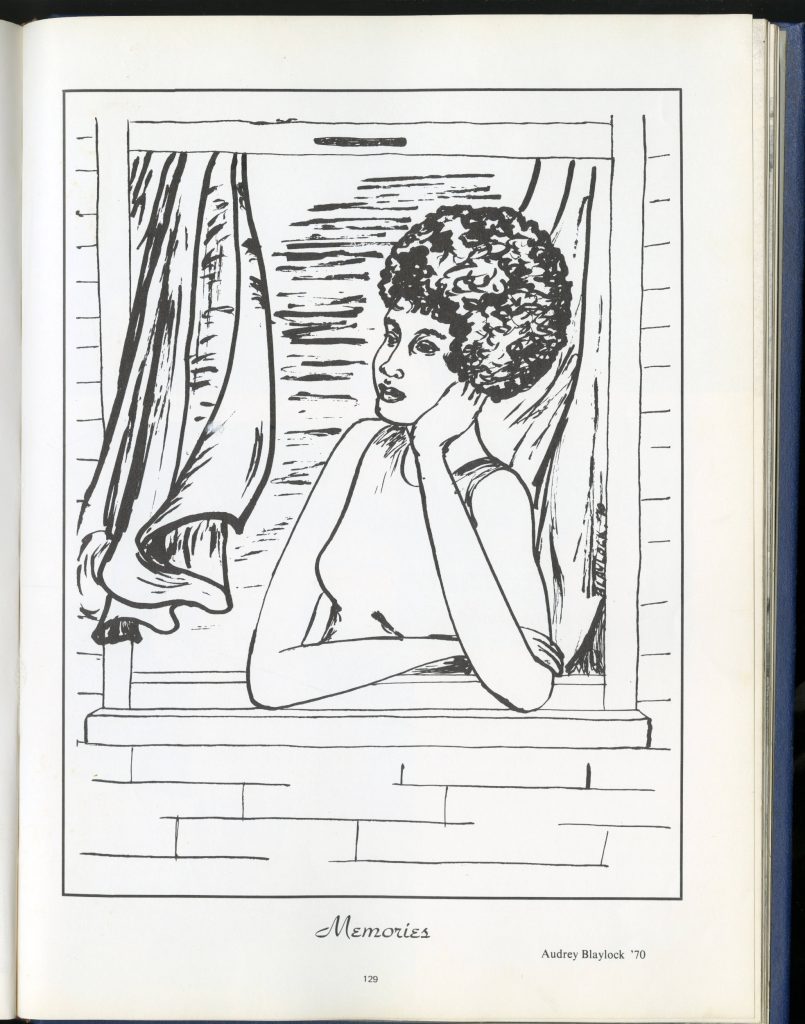
To view more yearbooks from North Carolina, visit the North Carolina Yearbooks section of our site. To learn more about Bennett College, visit their website and our collection.
Thanks to our partner, Randolph County Public Library, the North Carolina College for Women’s (now UNC-Greensboro) 1925 yearbook is now available on our website.
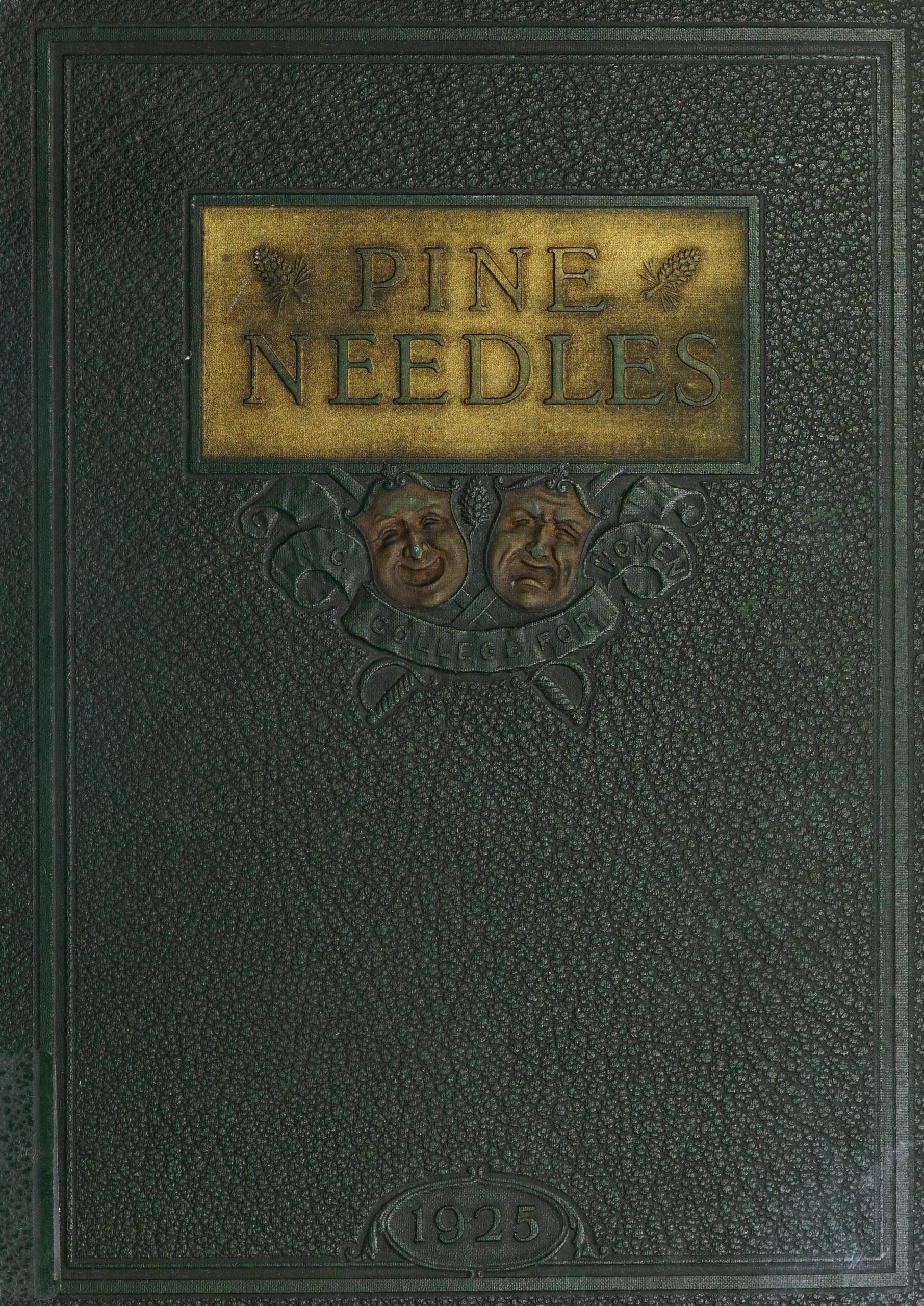
Cover of the 1925 Pine Needles yearbook
To learn more about the Randolph County Public Library, please visit their website.
For more yearbooks from across North Carolina, visit our yearbook collection.
Bennett College has shared with us a collection that covers more than 100 years of their school activities, with a particular focus on the Home Economics program at the school and the yearly institute hosted by the school on varying topics related to Home Economics. Among the collection are institutional records, numerous booklets related to home economics research, event programs, obituaries, flyers, newsletters, and photos of faculty, students, and community members. There are also newspaper clippings and magazines that relate to happenings at Bennett related to educational enrichment and fashion.
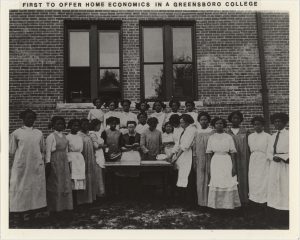
Bennett College Home Economics Students, circa 1900.
A highlight of the collection are photographs from a political rally in support of Shirley Chisholm.
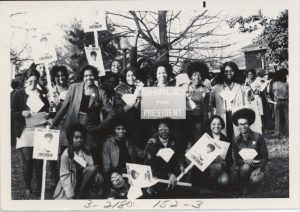
Students at rally for Shirley Chisholm
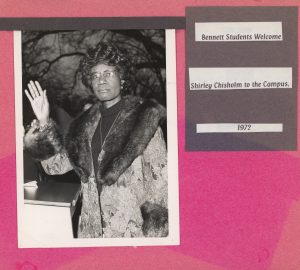
Shirley Chisholm, 1972
The African American all women college of Bennett is located in Greensboro, N.C. Bennett is filled with a rich tradition and historic legacy that will never be surpassed, we are proud to partner with them and to help preserve their heritage. To learn more about the Bennett College collections click here.
Gittens / Ward Home Economics Club Newsletter, September 17, 1988
New to our site is a sizable collection of yearbooks and other campus materials from Greensboro. These items came to us from our partners at the Greensboro History Museum and Greensboro Public Library, and mark the beginning of our partnership with Greensboro Public Library.
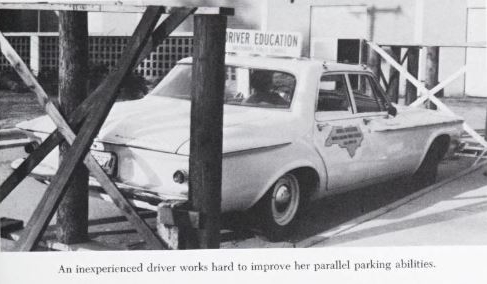
Drivers Education at Page High School was clearly not for the faint of heart, as evidenced here in the 1965 Buccaneer.
Included in this batch are 31 yearbooks from Greensboro, Smith, Walter Hines Page, and Bessemer High Schools spanning from 1916 to 1967. There is also a hand-written roster kept by Greensboro Senior High School that contains the names and other information such as colleges attended, marital status, and addresses of the school’s graduates from 1922 to 1966.
The inside cover of the 1954 edition of Whirligig, Greensboro High School’s Yearbook, shows “The Setting of the GHS Story 1953-1954.” This setting includes the bunny hop, a fact-filled science building, the fountain of youth, and many references to Greensboro native O. Henry.
Alongside the yearbooks are student literary magazines from Greensboro High School. These student publications — titled Greensboro High School Magazine, The Sage and Homespun — include poems, plays, stories, and more. The earliest of these digitized in this batch is from 1907 and the most recent from 1960.
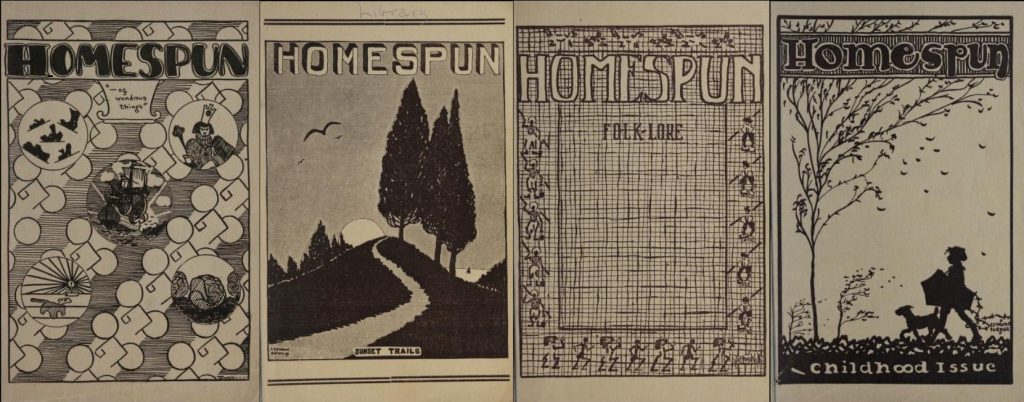
The covers for Greensboro High School’s Student Literary magazine — Homespun — creatively depict the theme of each edition. Shown here are four covers of the magazine printed between 1927 and 1931.
Materials from Greensboro History Museum can be found here, and the materials from the Greensboro Public Library here. For more information about Greensboro History Museum, visit their website or partner page. For additional information on Greensboro Public Library, check out their partner page or website.
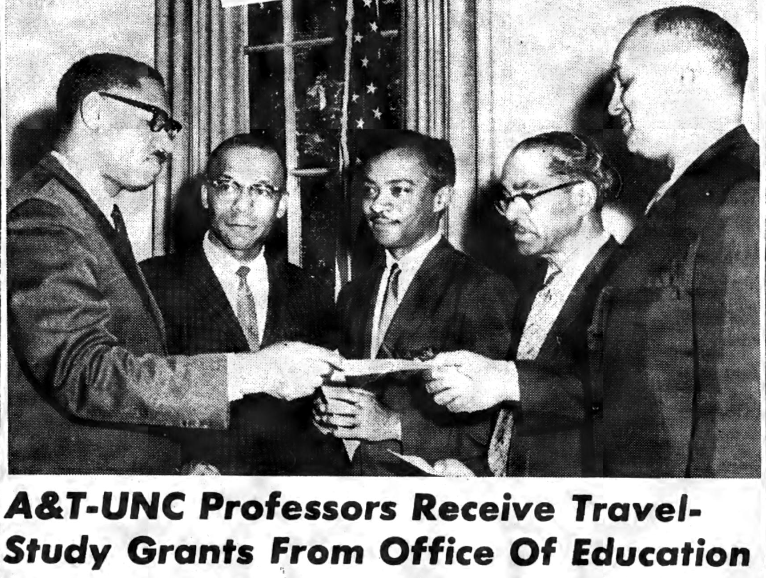
The Future Outlook, July 14, 1967, page 1
The Future Outlook, a community newspaper from Greensboro, NC, is now available on DigitalNC. Thanks to our partner, the University of North Carolina at Greensboro, nearly 25 years of the paper are now online and full-text searchable. The nearly 450 editions range from 1941-1947, 1949, 1952, and 1958-1972.
The Future Outlook served an African American community in Greensboro and documents major events from their perspective. Like community newspapers throughout North Carolina, the paper documented births, deaths, and events of its readership. Economic and business activities received a lot ink over the years, highlighting prominent Black leaders in Guilford County, as well as, members of clubs and professional organizations. Elections and voting related activities are also well documented. Before each election, including smaller city and county elections, the paper published extensive district maps and voting information.
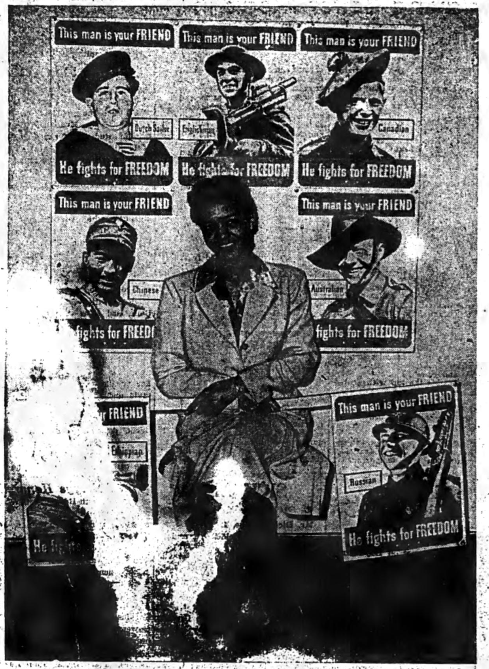
The Future Outlook, June 13, 1942, page 6
Another area that might be of interest for researchers is the paper’s coverage of local educational institutions. Greensboro is home to several historically Black colleges and universities, including North Carolina A&T and Bennett College. Scholars and students at these universities are heavily covered, especially in during the 1960’s. Students on the Dean’s List, scholars who received grants (like the image above), fraternities and sororities, and university conferences cover many front pages and serve as a record of university activities.
Also included in this batch are issues dating from 1941-1947, documenting the entirety of World War II and community reactions to it. Stories, advertisements, and political messages cover the pages during this period. The paper featured stories about locals who were working for the war effort, like Margaret Lanier. Lanier was a secretary in the Press Division of the Office of Facts and Figures. The Future Outlook published the photo on the left of her posing with seven new poster designs to be distributed for Flag Day in June 1942. In addition, there are many of the iconic war advertisements, posters and cartoons, featuring African American men and women.
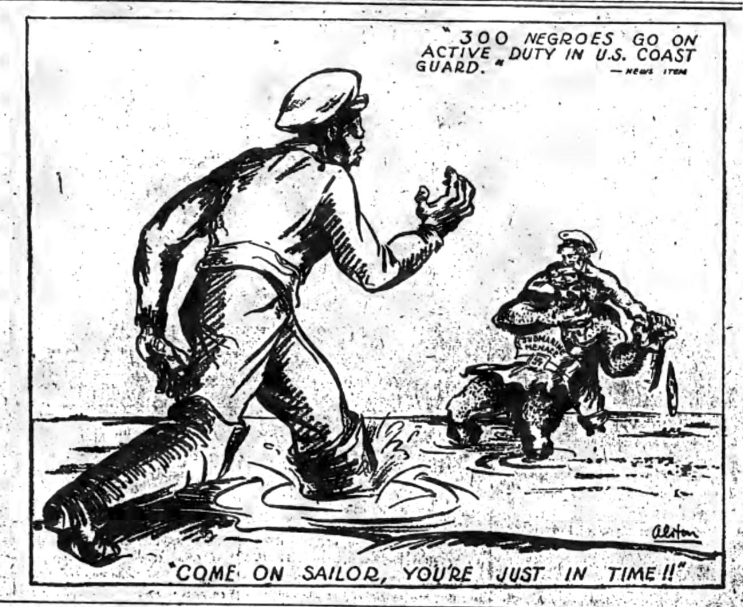
The Future Outlook, September 12, 1942, page 4
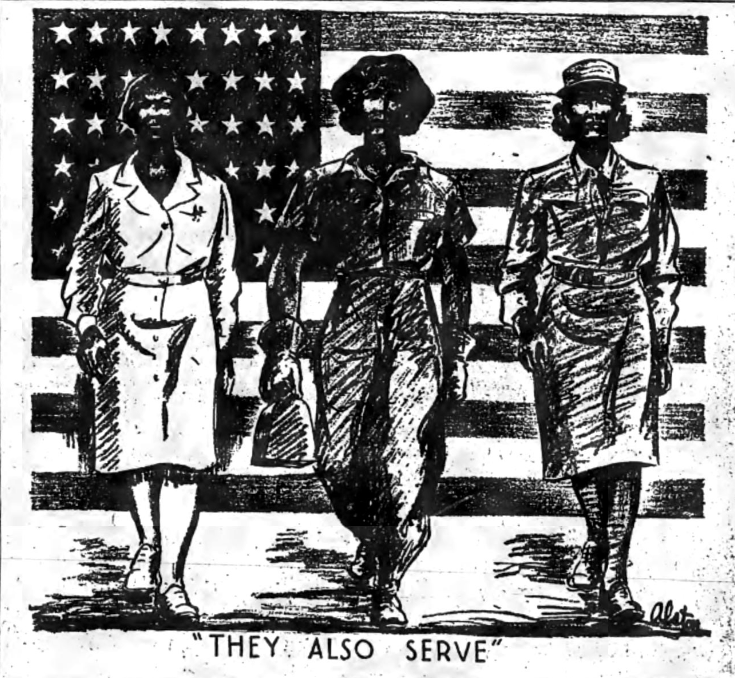
The Future Outlook, September 26, 1942, page 4
To view all of the issues of the Future Outlook, please visit the following link. To view more community newspapers like this one, please visit the North Carolina Newspapers Collection and limit by “Community Papers.” You can also learn more about this partner, the University of North Carolina at Greensboro, by visiting the contributor page or visiting the website.
Mascots are a complicated phenomenon. They inspire a spectrum of reactions: ridicule, ambivalence, or fierce loyalty. With thousands of yearbooks online, all of us here at the Digital Heritage Center have probably spent more time looking at yearbooks than anyone else you’re likely to meet. Mascots are a common theme.
I’ve been working on today’s post for quite some time; unable to find a history or comprehensive list of mascots in North Carolina I decided to compile one myself. So here’s a stab at a college mascot overview, drawn from yearbooks and other campus publications. Let me know what I’ve missed or gotten wrong!
Children
In the early 20th century, schools frequently chose children as mascots or sponsors, whether for a sports team or for a particular class. The earliest example we’ve found on DigitalNC is from a 1910 publication by Atlantic Christian College (now Barton College) in Wilson, which shows Elizabeth Settle Caldwell as the Senior Class sponsor.
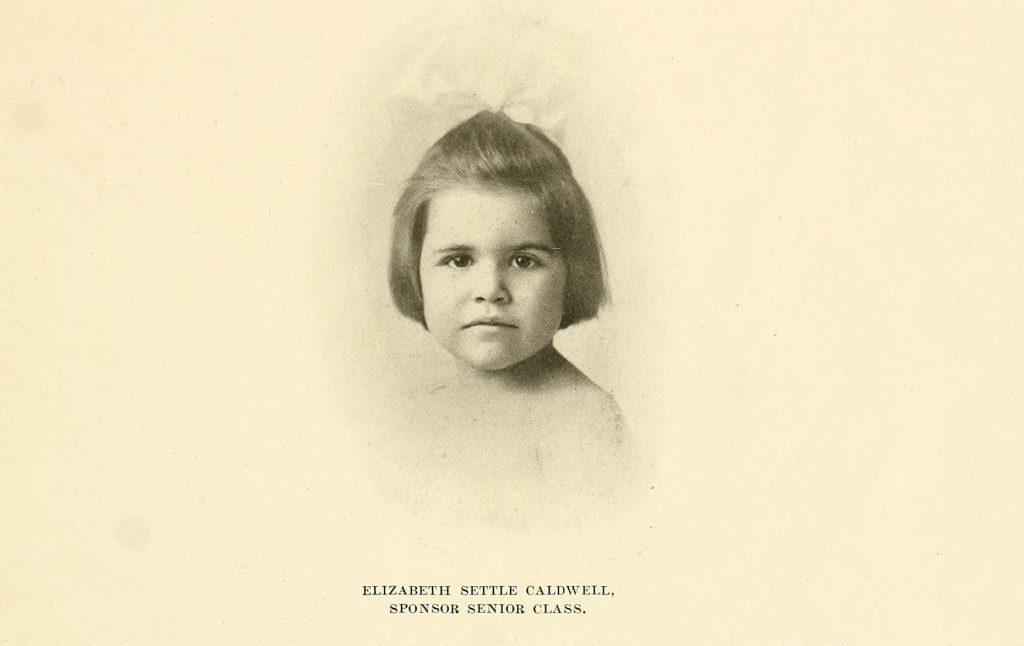
Elizabeth Settle Caldwell, First North Carolina Mascot? From the 1910 Pine Knot yearbook, Atlantic Christian College.
Ms. Caldwell was the daughter of Jesse Cobb Caldwell, the college president. From what we’ve been able to tell, children mascots were frequently younger siblings of students, teachers, or others associated with the school. Students mention that Ms. Caldwell brought “solace to many a lonely, homesick heart” and this may be why children were chosen – to foster a feeling of family and comfort among students. We’ve seen several references to mascots being elected or being chosen through competition, although what this might be we haven’t been able to discover. The trend of choosing children as mascots seems to continue through the 1960s. The latest one we found is Dawn, the Senior Class mascot at Peace College (now William Peace University) in 1966.
Animals
Animal mascots span schools across the state, whether it’s Rameses at UNC-Chapel Hill or WCU’s Catamount. The bulldog and different types of cats win out as most frequently adopted. Pictures of live animal mascots start to appear in yearbooks in the early 1900s, and continue today although much less frequently. For a variety of reasons, including concerns expressed by animal rights activists, schools have shifted away from actual animals to students dressing up like animals, as you’ll see later on in this post.
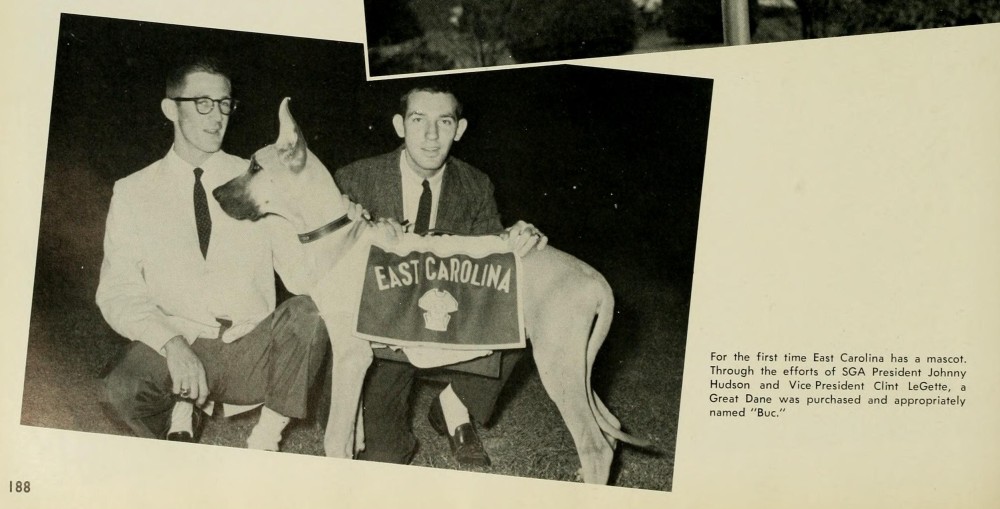
“Buc” is described here as East Carolina University’s first mascot. From the 1959 Buccaneer yearbook.
Characters
While about half of the four-year college mascots in North Carolina are animals, most of the others are characters that are historic, mythical, or extraordinary in nature. From what I’ve seen in NC yearbooks, humans dressing up as the school mascot really got traction in the 1960s. Initially, these costumes weren’t the fuzzy creations we think of today, but rather less complicated ensembles where the mascot’s identity (his or her face and body) was often apparent. Yosef the Mountaineer, beloved icon of Appalachian State University, was created sometime around 1942 and looked like this in the 1960s:
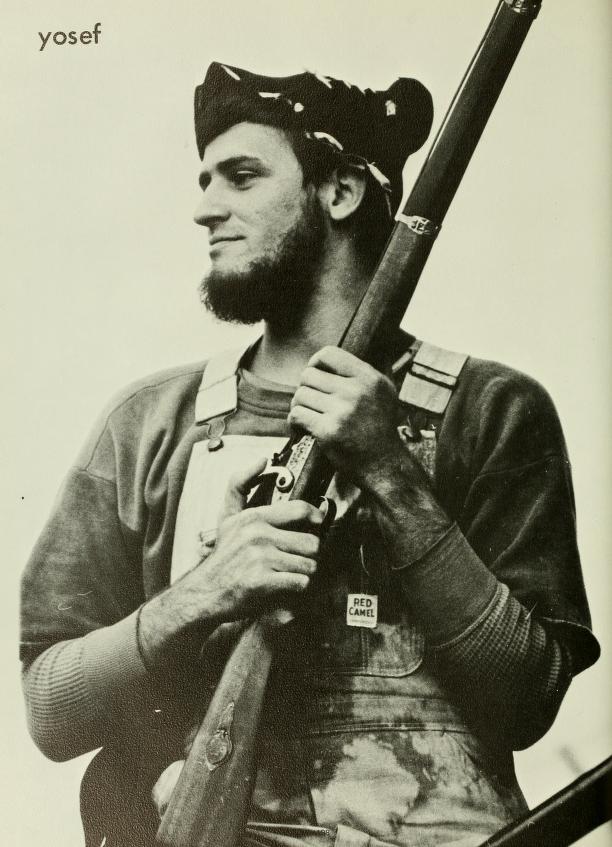
Yosef the Mountaineer, aka James Randle Tedder (we think). From the 1969 Rhododendron yearbook, Appalachian State University.
One of my favorites has to be this picture of Duke Blue Devil, from 1950:
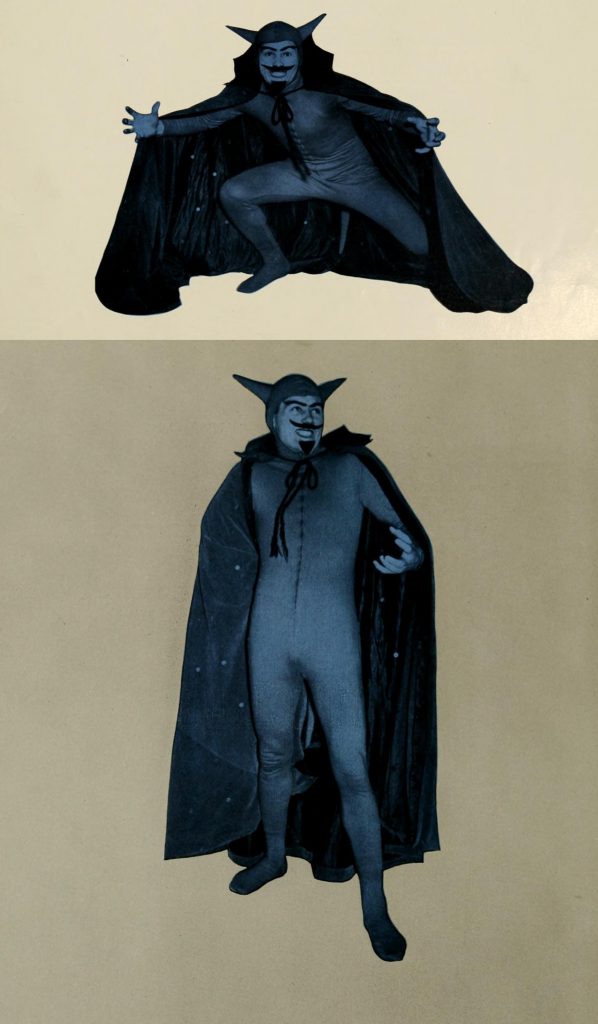
The Blue Devil. From the 1950 Chanticleer yearbook, Duke University.
Perhaps it was too hard to maintain a degree of consistency as students graduated over the years, and mascot anonymity seemed like a better idea. Whatever the reason, you start to see fuzzy, oversized costumes with gigantic headpieces in the late 1970s.
The Big Costumes
Whether animal or character, plush mascots that include a single piece body suit with a large plastic or cloth-covered head is something most Americans can identify with, thanks to professional sports. Colleges in North Carolina really embraced these costumes through the 1980s. Here’s what the UNC-Wilmington Seahawk looked like in 1987:

The Seahawk. From the 1987 Fledgling yearbook, UNC-Wilmington.
Some schools have developed multiple mascots dedicated to different audiences. It seems like the difficulty with these types of costumes is how to pull off a fierce facial expression that doesn’t come off as goofy or too scary for children. I think this picture from Davidson College sums it all up:
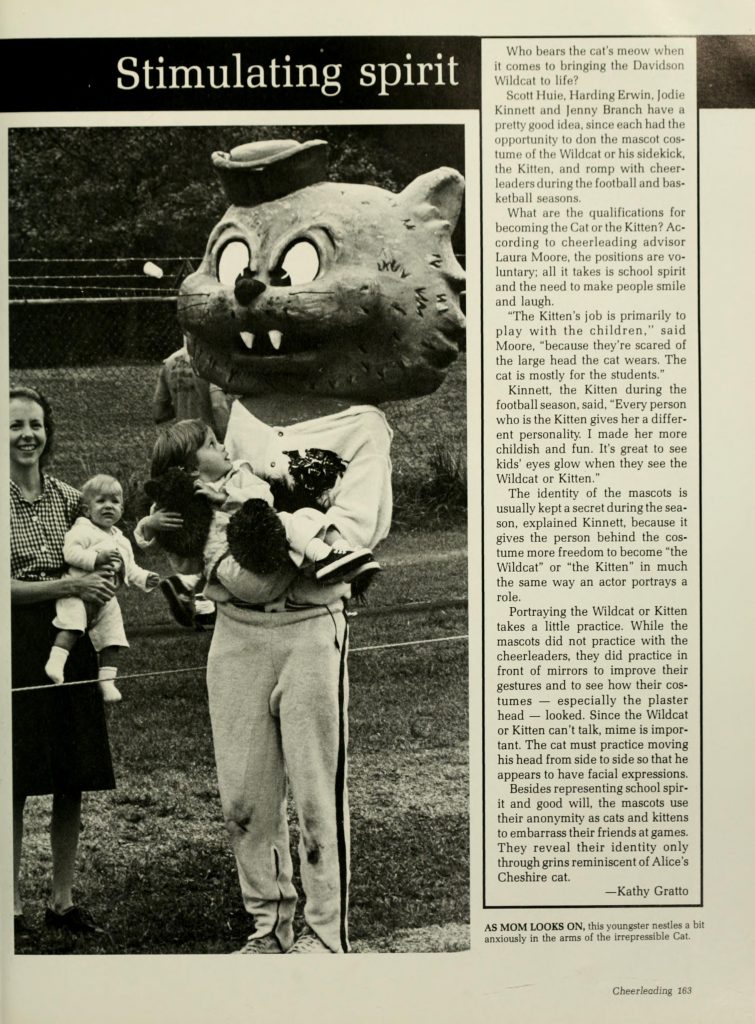
The Davidson Wildcat and … friends. From the 1983 Quips and Cranks yearbook.
I will also take this opportunity to mention a mascot that routinely makes the “wait … what?” list – the Campbell University Fighting Camels:
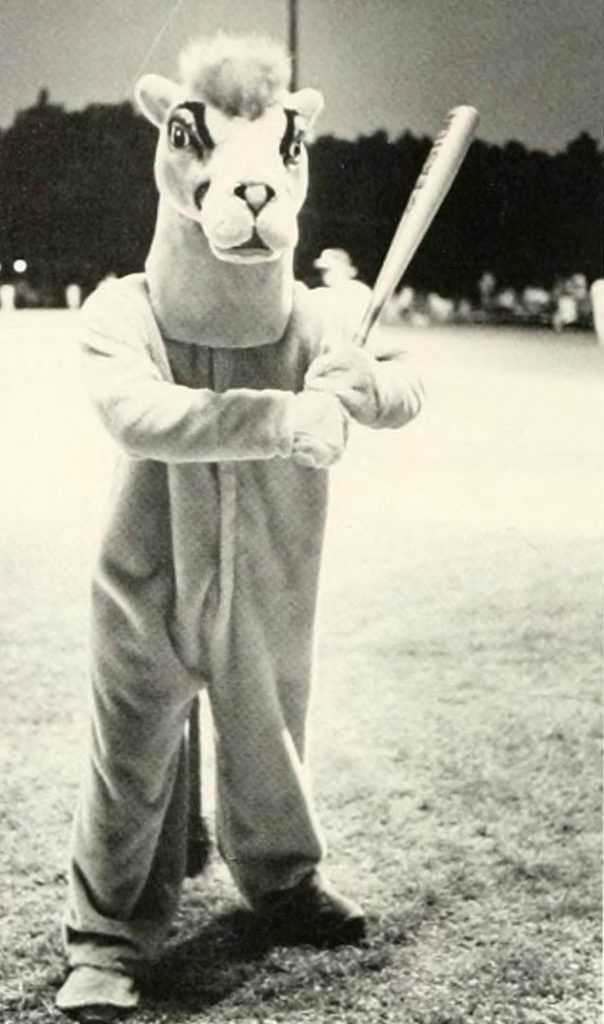
The Campbell Camel. From the 1983 Pine Burr yearbook.
Even the humans and human-like creatures are clothed in oversized costumes these days. Wake Forest University’s Deacon is a dapper chap:
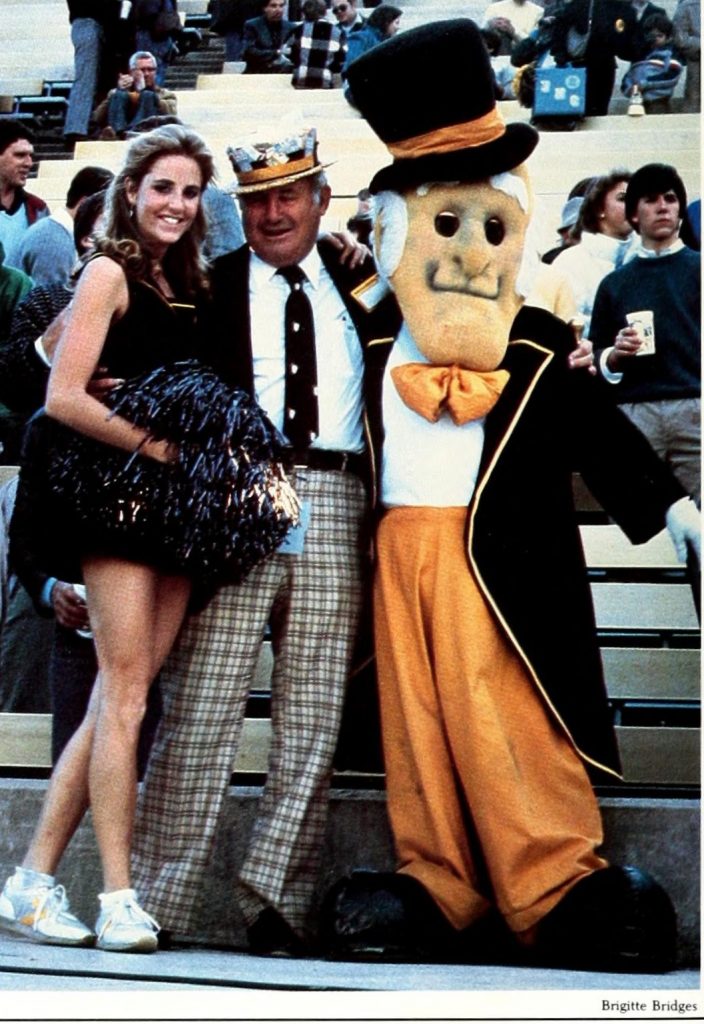
Wake Forest’s Deacon poses with fans. From the 1985 Howler yearbook.
In addition to the Demon Deacons and the Blue Devils, North Carolina boasts a number of other spiritual mascots: North Carolina Wesleyan’s Battling Bishops, Belmont Abbey’s Crusaders, and Guilford College’s Quakers. Meredith College’s teams are known as the Avenging Angels (formerly just the Angels). While Elon University’s mascot is now the Phoenix, before 2000 they were the Fighting Christians:
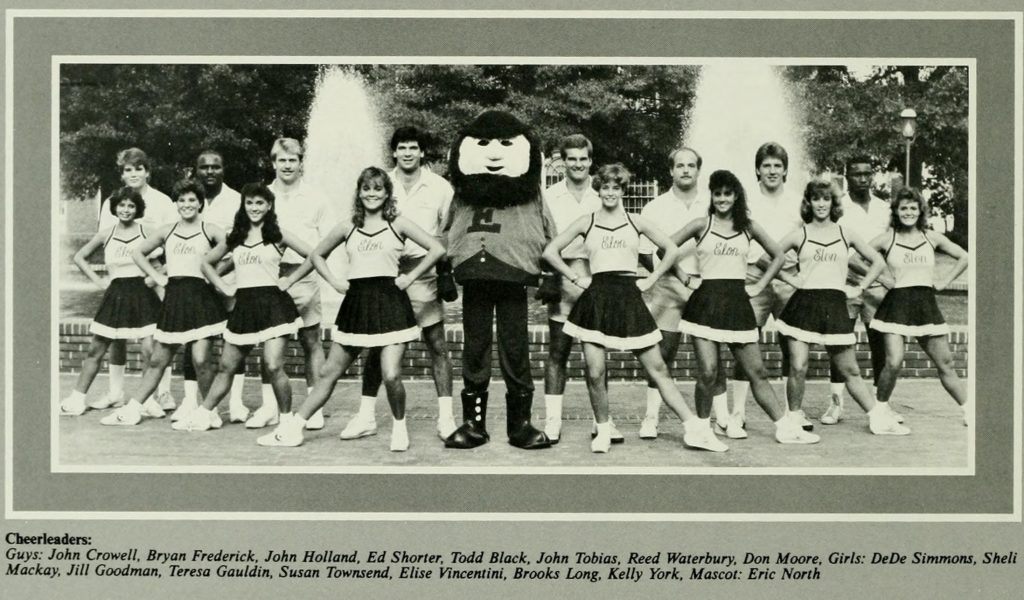
The Elon Fighting Christian mascot with cheerleaders. From the 1986 Phi Psi Cli yearbook.
Two schools break with the animal/human tradition in North Carolina. The Brevard College Tornadoes and the Louisburg College Hurricanes. Weather phenomena mascots are always difficult to pull off. I couldn’t find one for Brevard, but Louisburg, which currently has a bird mascot, had “Louie” up until 2006:
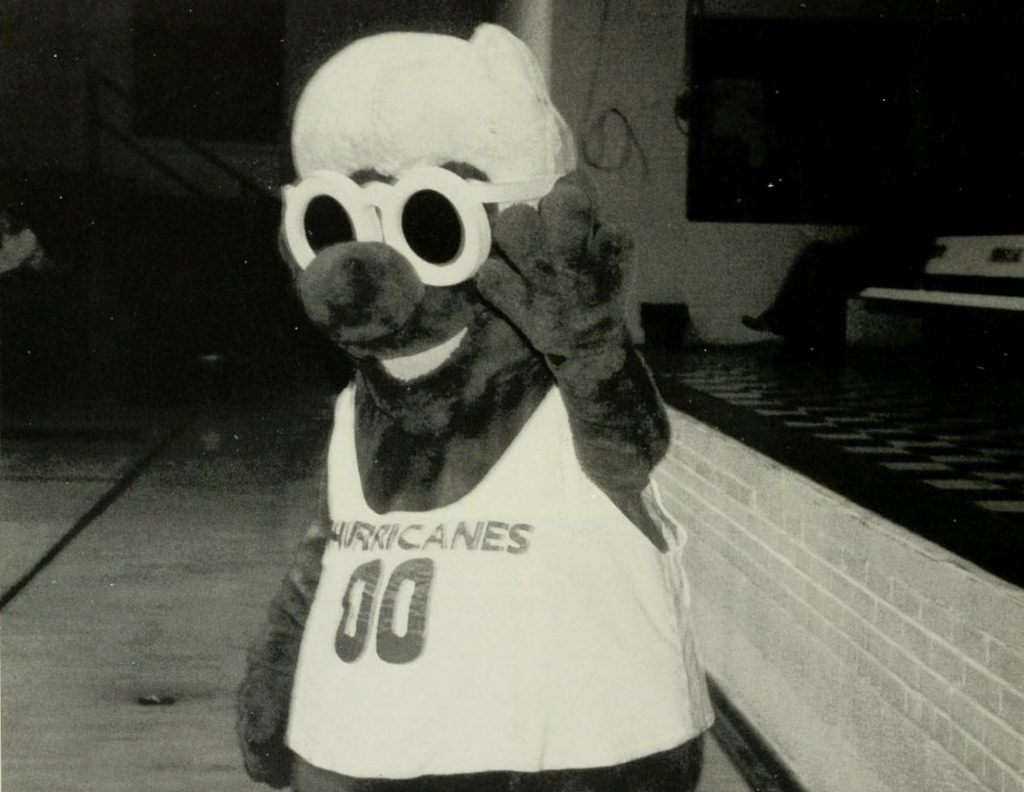
Louie, the former Louisburg College Hurricanes mascot. From the 1996 The Oak yearbook.
Who knows when the next mascot sea change will happen. Below is a list of mascots in North Carolina; let us know if we got anything wrong. Which one is your favorite?
| School |
Mascot |
Notes |
| Appalachian State University |
Yosef the Mountaineer |
First appeared in the yearbook in 1942 |
| Barton College |
Bulldog |
|
| Belmont Abbey College |
Crusader |
|
| Bennett College |
|
Known as the Bennett Belles |
| Brevard College |
Tornado |
|
| Campbell University |
Fighting Camels |
The Hornets in the 1920s-1930s |
| Catawba College |
Catawba Indian |
|
| Chowan University |
Hawks |
The Braves until 2006 |
| Davidson College |
Wildcats |
Also a bulldog (1929) and a bobcat (1939) |
| Duke University |
Blue Devil |
|
| East Carolina University |
Pirates |
Formerly Pee Dee the Pirate |
| Elizabeth City State University |
Vikings |
|
| Elon University |
Phoenix |
The Fightin’ Christians until 2000 |
| Fayetteville State University |
Broncos |
|
| Gardner-Webb University |
Runnin’ Bulldogs |
|
| Greensboro College |
The Pride |
Formerly the Hornets |
| Guilford College |
Quakers |
|
| High Point University |
Panthers |
|
| Johnson C. Smith University |
Golden Bulls |
|
| Lees-McRae College |
Wily the Bobcat |
|
| Lenoir-Rhyne University |
Joe and Josie Bear |
|
| Louisburg College |
Hurricanes |
|
| Mars Hill College |
Mountain Lion |
|
| Meredith College |
Avenging Angels |
Formerly the Angels |
| Methodist University |
Eagles |
|
| Montreat College |
Cavaliers |
|
| Mount Olive College |
Trojans |
|
| North Carolina A&T |
Aggie Dog (Bulldog) |
|
| North Carolina Central University |
Eagles |
|
| North Carolina State University |
Wolfpack |
|
| North Carolina Wesleyan College |
Battling Bishops |
Formerly the Circuit Riders |
| Peace College |
Pacer |
|
| Pfeiffer University |
Falcons |
|
| Queens University of Charlotte |
Rex the Royal |
|
| Saint Augustine’s University |
Mighty Falcons |
|
| Salem College |
Spirits |
|
| Shaw University |
Bears |
|
| St. Andrews University |
Knights |
|
| UNC Asheville |
Bulldog |
|
| UNC Chapel Hill |
Rameses the Ram |
Also known as the Tar Heels |
| UNC Charlotte |
Norm the Niner |
|
| UNC Greensboro |
Spartans |
|
| UNC Pembroke |
Braves |
|
| UNC Wilmington |
Seahawk |
|
| UNC School of the Arts |
Fighting Pickle |
|
| UNC School of Science and Math |
Unicorn |
|
| Wake Forest University |
Demon Deacons |
|
| Warren Wilson College |
Owls |
|
| Western Carolina University |
Catamount |
“Paws” |
| Wingate University |
Bulldog |
|
| Winston-Salem State University |
Ram |
|
First lady Eleanor Roosevelt visited Greensboro in March 1945 to speak at the Nineteenth Annual Homemaking Institute held at Bennett College. The visit is documented in a scrapbook compiled at Bennett, which has been recently digitized and published on DigitalNC. Mrs. Roosevelt spent her time in Greensboro addressing the Institute as well as Bennett College students and Greensboro area schoolchildren. Her speeches addressed the Institute’s theme of “The Veteran Returns to His Family,” educating citizens on their peacetime responsibilities to their veterans. Mrs. Roosevelt stressed the importance of all citizens becoming familiar with the GI Bill of Rights and assisting their veterans in assimilating into civilian life.

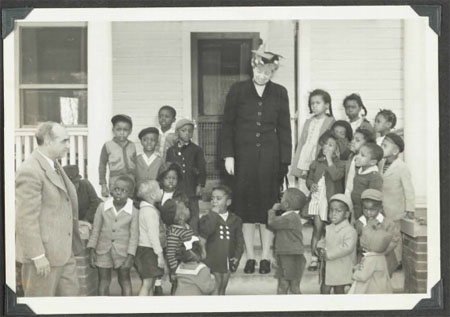
Eleanor Roosevelt with local schoolchildren.
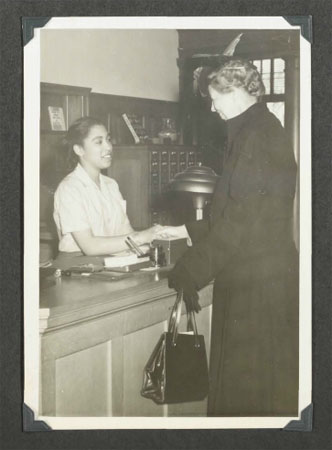
Eleanor Roosevelt at the Bennett College library.
Student yearbooks from Bennett College in Greensboro are now available on DigitalNC. Browse issues of The Belle and the Bennett Belle from 1961 through 2002. The yearbooks are from the Thomas F. Holgate Library at Bennett.
